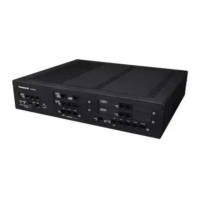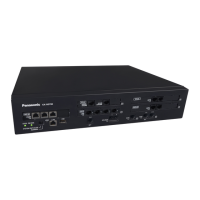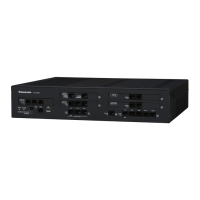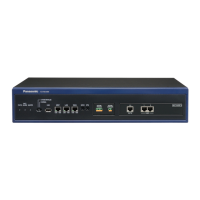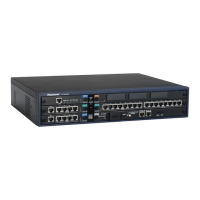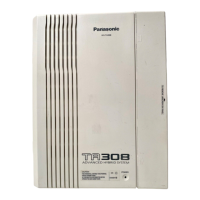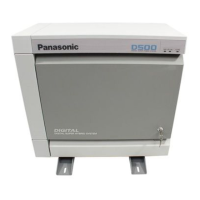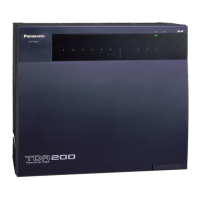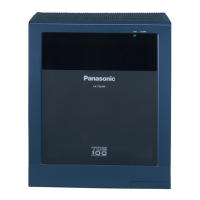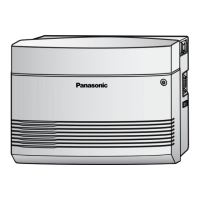5.1 System Configuration—System
5.1.1 Class of Service (COS)
Description
Each extension must belong to a Class of Service
(COS). By assigning certain extensions to a COS, it is
possible to control the behaviour and privileges of extension users (allowing or denying certain extensions
access to various features, extensions, and trunks) depending on the duties appointed to them.
Many extensions can belong to the same COS by assigning each extension the same COS number, allowing
the same restrictions and privileges to apply to a group of extensions.
The following features are controlled on a COS basis:
a. ® 2.1.2.2 Internal Call Block
b. ® 2.3.2 Call Forwarding (FWD)
c. ® 2.3.3 Do Not Disturb (DND)—DND Override
d. ® 2.4.3 Call Pickup
e. ® 2.5.4.3 Account Code Entry
f. ® 2.5.5.3 Trunk Access
g. ® 2.10.2 Executive Busy Override
h. ® 2.10.3 Call Monitor
i. ® 2.10.4.3 Off-hook Call Announcement (OHCA)
j. ® 2.10.4.4 Whisper OHCA
k. ® 2.7.1 Toll Restriction (TRS)/Call Barring (Barring)
l. ® 2.7.3 Extension Dial Lock
m. ® 2.7.5 Walking COS
n. ® 2.11.8 Trunk Call Limitation
o. ® 2.12.1 Call Transfer
p. ® 2.18.2 Door Open
q. ® 2.16.1 Direct Inward System Access (DISA)
r. ® 4.1.2.4 Call Forwarding (CF)—by ISDN (P-MP)
s. ® 5.2.4.5 Wireless XDP Parallel Mode
t. ® 2.22.1.1 Station Message Detail Recording (SMDR)—SMDR for Outgoing Trunk Calls
u. ® 5.1.4 Time Service—Time Service Switching
v. ® 5.1.6 Manager Features
w. ® 5.5.3 PT Programming
x. ® 2.9.1 Primary Directory Number (PDN)/Secondary Directory Number (SDN) Extension—SDN Key
mode, SDN Walking COS, and assigning SDN buttons through PT programming
COS for Unified Messaging
The Unified Messaging system has its own COS settings for controlling access to various functions.
(® 3.2.1.11 Class of Service (COS))
Conditions
• Walking COS
Extension users can temporarily use their own COS at another extension with a less-privileged COS to
access features, extensions, or trunks that are normally inaccessible due to that extension’s COS.
466 Feature Guide
5.1.1 Class of Service (COS)
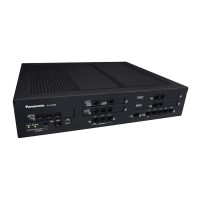
